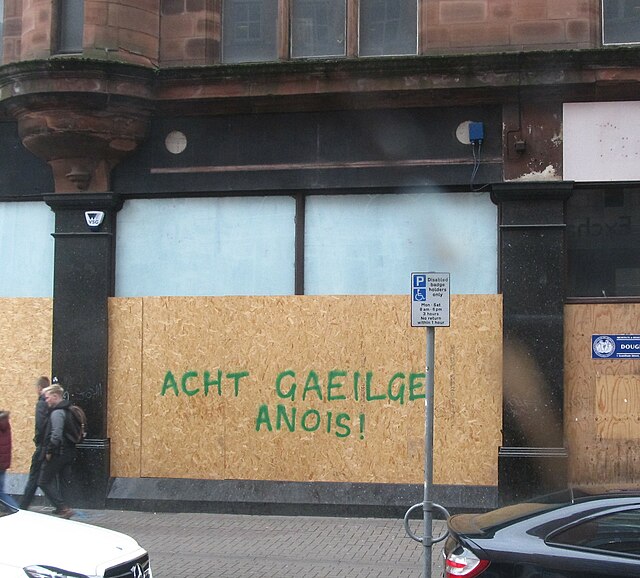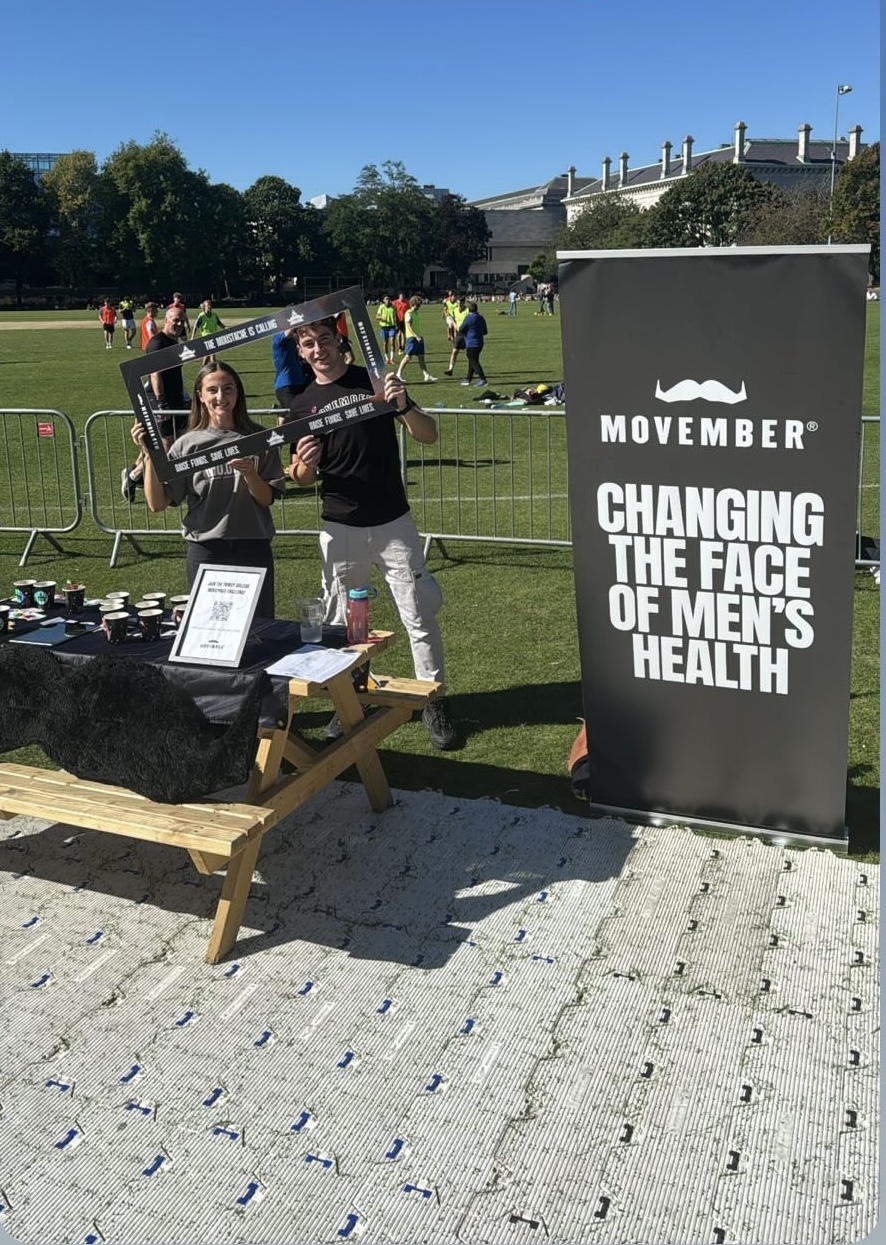Rory O’Donovan – Senior Staff Writer
Have you ever been hit in the face? Have you ever been punched in the ribs? Kicked in the stomach? Taken a blow to the head? If you have, I am willing to bet you didn’t laugh, didn’t shrug it off with a smile. I’m sure you were on the phone to the Best personal injury lawyer you could find, full of shock and determination to get justice for what you had experienced. But so often amongst young adults nowadays, it is not unusual to hear a violent encounter being made light of, a fight being discussed as a joke, or even a beating being described in boastful tones. Violence, particularly the alcohol-infused variety, has become normalised to the extent that, for some, what is legally adjudged to be assault, is considered part-and-parcel of their evenings’ entertainment, a story or a joke to be shared with friends the following day.
Aidan*, a second year Trinity student, tells me he can’t remember the last time he went on a night out without getting in a fight. ‘I am the first to admit that when I was a teenager, I struggled with my temper. It wasn’t that I’d go looking for fights, but when I was drunk, my fuse was shorter and, naturally, the drunken people around me would annoy me. But even now that I have accepted – mainly thanks to wise words from loyal friends – I have a problem with fighting and aggression, no matter how hard I try, trouble still finds me.’
Discussing drunken fighting with Trinity students over the Christmas period, I encountered a fairly narrow set of responses: Those who didn’t encounter violence frequently generally abhorred it, identifying the aggressors as idiotic. Others who regularly saw, or were involved in fights themselves, were quick to blame alcohol or drugs, as well as the other parties involved. Most whom I discussed the topic with, also identified a theme that Aidan touched on – the fact that, for some, violence seems to follow them, no matter how hard they try.
Diane*, another Trinity student, said she often sees male friends fighting on nights out and that it was, more often than not, the same few people who, regardless of their mood or how much they had had to drink, they would end up in violent altercations. “From my experience, it appears that aggressive people can spot other aggressive people very easily, especially when they’re drunk. They seem to know exactly how to push the buttons of their target to ensure that any encounter will result in a fight. No matter how much we plead with a particular friend, that ‘it isn’t worth it’, or ‘they’re only trying to wind you up’, it seems that, in the heat of the moment, because they have that tendency, there is no stopping them.”
I asked Diane how she felt when she saw friends involved in a fight: “The actual altercation itself is horrible to watch. I remember how shaken I was the first time I saw a friend of mine in a fight after a night in Coppers. He was punched by a couple of guys until he was on the ground then, with one of his legs up on the curb and him lying in the road, one of them stamped directly on his knee and broke his leg. The two guys ran and I managed to get my friend to hospital. I cried and cried but, as soon as he had been given pain killers and some of our other male friends had come to the hospital, he was laughing and joking about the whole thing. I really couldn’t understand that.”
The case Diane is describing may appear extreme, but, what can begin as a pointless drunken scuffle, can easily develop into something far more sinister. The death of eighteen year old Brian Murphy outside Anabel’s nightclub in 2000, caused nationwide outrage and highlighted to many, particularly a generation of parents, how prevalent and how potentially dangerous drunken violence can be. The case also highlighted the point that violent altercations are not exclusive to Dublin’s more neglected areas, but that these instances are widespread amongst a particular age-group, rather than a particular class.
Three former students of the prestigious Blackrock College were originally charged following the incident, undermining claims that a night out in Dublin 4 was highly unlikely to end up in violent altercations. Similarly, many of our parents may deem Trinity College as an elite establishment filled with respectable and nonviolent students. Generally speaking, this may be the case, but one would be naïve to think that anywhere that young people gather amongst a potent mixture of drugs and alcohol doesn’t have the potential to become a setting for violent scenes.
So why are young adults who become involved in these altercations often so quick to dismiss them, or to present them to others as entertaining stories? Is it because they have become a social norm? For many, it appears, getting in a fight has become just another part of a night out, along with getting drunk, getting the shift and getting chips. A friend of mine, who is a former Trinity student, said he and his rugby team often got in fights on nights out, mainly because “with all of us there, we were fairly confident we could win.” He tells me they would often meet up the next day, laughing about who had been hit, who had done the most hitting and so on. This stopped abruptly, he tells me, when one night, a fight got out of hand and someone’s ear was bitten off. CCTV ensured that a court case followed and a friend of his was imprisoned for eighteen months. “Sometimes,” he said, “it takes something horrible to happen to make boys grow up and stop fighting.”
*Names have been changed to protect anonymity






